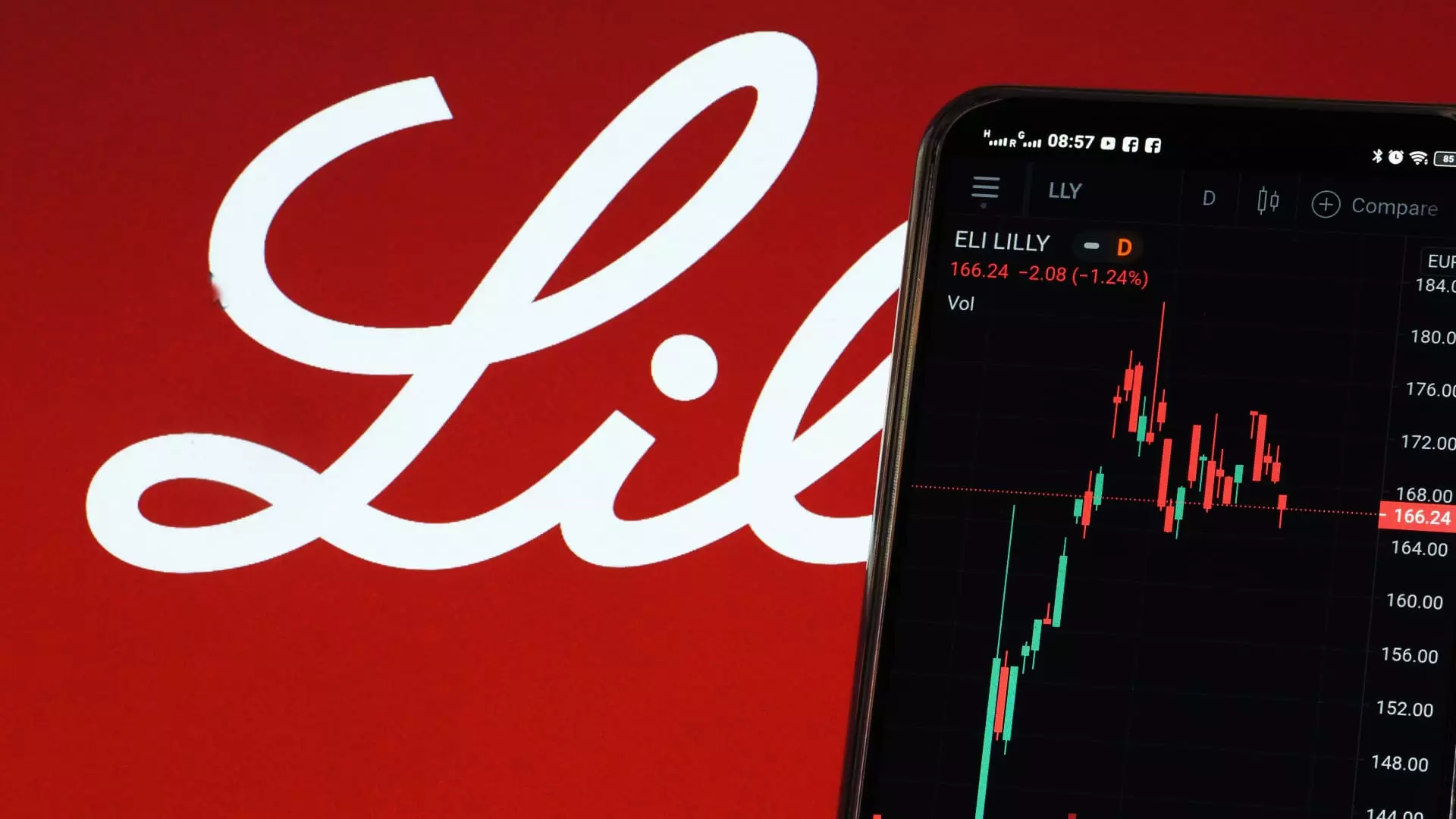The biopharmaceutical sector is in a dynamic phase, characterized by both bullish and bearish trends that have led investors to reassess their strategies. Recently, JPMorgan has revisited its list of promising biopharma stocks, spotlighting a few contenders that may deliver substantial returns in 2024. This analysis will delve into the current landscape, the specific companies noted for their potential gains, and the factors influencing their market performance.
Eli Lilly remains a standout in the biopharma arena, consistently recognized as a top stock choice amid fluctuating market conditions. The company has successfully established itself with a robust portfolio, particularly in the weight management and diabetes sectors. With its products like Mounjaro and Zepbound, Eli Lilly has not only captured significant market share but has also been pivotal in driving industry trends. Analyst Chris Scott from JPMorgan highlights that Eli Lilly’s stock has posted a commendable growth rate of about 16% over the last year. Looking forward, the anticipated introduction of its oral obesity medication, orforglipron, is expected to serve as a significant catalyst for the company’s growth trajectory. With promising clinical data anticipated in the coming months, market participants are closely watching how this drug will affect Eli Lilly’s stock valuations.
Bristol Myers Squibb (BMY) is another player that analysts suggest could experience notable progression despite recent stock fluctuations. Although the firm saw a decline of about 2.4% in the year-to-date due to underwhelming fiscal projections, Bristol Myers is benefiting from a solid pipeline primarily focused on its treatment for schizophrenia and Alzheimer’s disease. Scott emphasizes the importance of the company’s ongoing investment in its product lineup, alongside its cost-cutting initiatives aimed at amplifying long-term shareholder value. Such strategic maneuvering within the clinical landscape could position Bristol Myers favorably for a rebound, provided it maintains its momentum in delivering promising clinical outcomes.
Gilead Sciences has also emerged as a noteworthy name, demonstrating a strong financial performance with a focus on its HIV portfolio. Analysts have indicated that Gilead’s strategic direction towards expense management and innovative research in its pipeline is likely to lay the groundwork for a turnaround in its stock performance. The company’s ability to adapt within a competitive market and its commitment to impactful drug development will be critical as it seeks to broaden its therapeutic offerings. In conjunction with Eli Lilly and Bristol Myers, Gilead’s vision indicates a broader perspective on growth potential and market resilience.
The Nasdaq Biotechnology Index’s performance reflects a broader narrative of recovery in the biopharma sector, having recorded a 6.5% increase this year. This is particularly noteworthy when juxtaposed against the previous year, which saw the index retreat by 3%. As companies like Eli Lilly and Gilead navigate their pathways toward growth, it is imperative for investors to remain vigilant regarding market sentiment and sector valuation. Currently, the biopharma sector is experiencing valuations close to historical lows, which may present a unique buying opportunity for stakeholders willing to engage with high-risk scenarios.
The biopharma landscape is characterized by intricate dynamics that require a keen understanding of individual company fundamentals as well as broader market trends. With Eli Lilly, Bristol Myers Squibb, and Gilead Sciences at the forefront of investor consideration, the forthcoming months will be pivotal. Success will depend on their respective abilities to innovate and execute robust market strategies amidst varying levels of investor confidence. As the sector evolves, investors should maintain a close watch on emerging data, clinical trial outcomes, and competitive assessments that could redefine the positions of these key biopharma players. Adapting to these shifts will be critical for maximizing returns in an industry poised for significant movement as we progress through 2024.


Leave a Reply